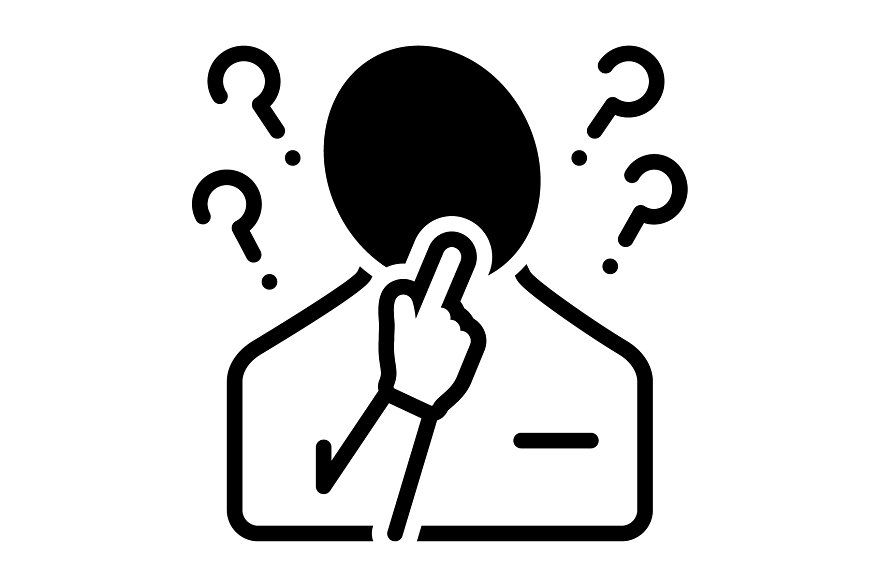TEvery entrepreneur, executive, or innovator eventually faces a moment when solutions feel out of reach. Meetings drag on, strategies stall, and teams circle the same ideas without progress. But often, the breakthrough doesn’t come from more brainstorming, it comes from asking the right question.
That single question reframes the problem, clarifies priorities, and ignites creative solutions. As management guru Peter Drucker once said: “The important and difficult job is never to find the right answers, it is to find the right question.”
So, what’s the one question that fixes everything?

The Question: “What would this look like if it were simple?”
Steve Jobs famously asked this when developing Apple products. By stripping away complexity, he pushed teams to reimagine design, usability, and customer experience. The result? Products like the iPod and iPhone, which transformed entire industries.
This question works across every field because complexity is the enemy of execution. Entrepreneurs often drown in unnecessary features, processes, or costs. Asking how something would look if it were simple forces clarity. It brings focus to what really matters customer value, ease of use, and scalable growth.
Why Simplicity Unlocks Profitability
Complexity consumes time, money, and energy. A McKinsey study found that organizations with simplified structures and processes are 30% more profitable than peers. For small teams, simplicity isn’t just a strategy, it’s survival.
For instance, WhatsApp scaled to hundreds of millions of users with just a few dozen employees by relentlessly focusing on a simple mission: private, fast messaging. They didn’t chase advertising, flashy features, or bloated apps. That simplicity turned into profitability and eventually, one of the largest acquisitions in tech history.
How to Use the Question in Practice
- Product Design
When adding features, ask: Would this still delight users if we removed half of them? - Team Management
When structuring workflows, ask: What would this process look like if it were simple? - Strategy
When setting goals, ask: If we had to accomplish this with half the resources, what would we prioritize? - Customer Experience
When improving service, ask: What would this journey look like if it were simple for the customer?
This reframing doesn’t erase challenges it makes them solvable.
Global Examples of Simplicity in Action
- IKEA simplified furniture into flat packs, making logistics cheaper and homes easier to furnish worldwide.
- Southwest Airlines simplified operations by using one aircraft model, reducing costs and boosting efficiency.
- Zoom thrived during the pandemic by offering a simple, reliable video platform while competitors overloaded features.
Each of these companies scaled by asking the same essential question: What would this look like if it were simple?

Actionable Takeaways
- Complexity is often self-imposed. Question it.
- Simplicity drives efficiency, profitability, and customer loyalty.
- The right question at the right time can be more valuable than any strategy deck.
- Use Jobs’ simplicity test in every decision: product, process, or strategy.






